Exploring Traditional African Attire
The realm of traditional dress African wear is a tapestry of vibrant colors, intricate patterns, and diverse styles that reflect the continent's rich cultural heritage. These garments are not just clothing but a celebration of identity and tradition, worn with pride by men and women across the continent. From the beaded elegance of South African traditional attire to the woven sophistication of Ghana traditional cloth, each piece tells a story of communal values, historical events, and personal milestones.
The Diversity of African Traditional Clothing
African traditional attire dresses come in various forms, each region offering something unique. Kenya clothing traditional outfits, for instance, often feature bold, Maasai-inspired beadwork, while Nigeria traditional dressing is known for its luxurious aso-oke and lace fabrics. Across the continent, these garments serve as a form of expression, with certain patterns and colors signifying one's status, community, or role in society.
Occasions and Ceremonies
Traditional African garb is not just for show; it plays a crucial role in ceremonies and special occasions. African traditional bridal dresses are a testament to this, often custom-made to honor both the bride's and groom's heritage. Similarly, South African traditional outfits are a common sight at cultural festivals and national celebrations, showcasing a blend of modern and ancestral aesthetics.
Materials and Craftsmanship
The materials used in crafting these garments are as diverse as the designs themselves. From the handwoven kente cloth of Ghana to the shweshwe fabric popular in South African clothing traditional designs, the textiles are chosen for their durability, comfort, and symbolic significance. The craftsmanship behind each piece reflects a long-standing tradition of artistry, with techniques passed down through generations.
Styles and Features
The styles of traditional dresses South African designers create may range from elaborate ceremonial garb to more subdued, everyday wear. The features of these garments, such as intricate embroidery, beading, or painting, are not merely decorative. They often hold cultural significance, with each motif telling part of a larger narrative. In Zimbabwe traditional clothing, for example, the colors and patterns are chosen for their meanings and the messages they convey.
Embracing African Heritage
Embracing traditional dress is a way to connect with one's roots and celebrate African heritage. Whether it's the regal drape of a Ghana traditional dress or the striking silhouette of a Kenya traditional wear, these garments are a testament to the continent's history and the pride of its people. They are not just pieces of fabric but symbols of identity and continuity, woven into the very fabric of African society.

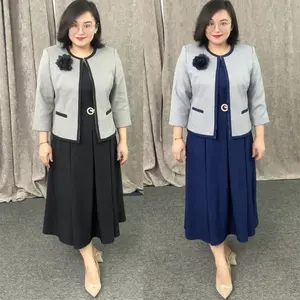
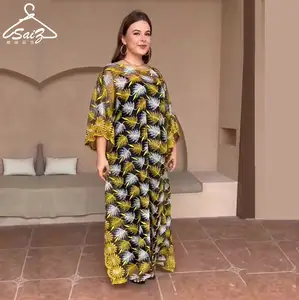


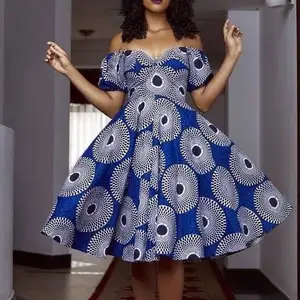


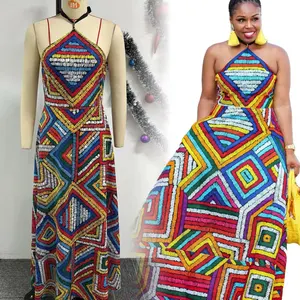


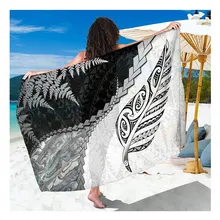





























 浙公网安备 33010002000092号
浙公网安备 33010002000092号 浙B2-20120091-4
浙B2-20120091-4